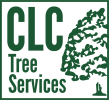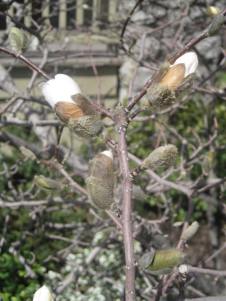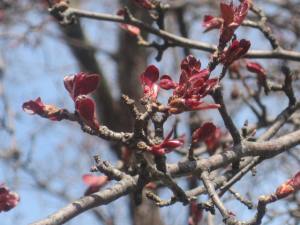The weather has finally turned in London, Ontario; sunshine, mild breezes and double digits! You have to get outside! Birds are chirping, grass is finally growing and area trees are bursting out of hibernation to announce that spring has arrived. Go already!
Do you need more of a reason? How about we entice you with some fun facts about trees that you will find right outside your doorstep, if you go look.
FUN FACTS ABOUT SPRING TREES
Many species of magnolia trees flower before the leaves come out. The flower bud is enclosed in a tough bract before the flower opens to reveal 9-15 tepals in 3 or more whorls. This ancient species has over 200 varieties in a range of colours, so you are bound to find one that’s just right for you.
Alders have both long elongated male catkins and shorter woody female catkins appearing on the same tree. They are in the same family as birches – Betulaceae.
The flowering crabapple is a favourite tree of homeowners in the spring. This drought tolerant tree is adaptable to most soils and prefers full sun to maximize flower and fruit production. It produces plenty of suckers or water sprouts though, so don’t forget to prune in late winter/early spring or after flowering, but make sure to prune before next year’s flower buds are set in June/July.
Did you know that the buds on a twig can help you identify a tree? A terminal bud is the single bud located at the end of a twig. They can be pointed, rounded, blunt, smooth, sticky, or even hairy. Growth continues along the twig from it. Lateral buds are located behind the terminal bud in either alternate, opposite or swirled patterns. New branches are formed off the main twig from lateral buds. Buds can contain flowers, leaves or both, depending upon your species. That’s a lot of information for a small little nub.
Does that help you identify any of these trees?
They are calling for more beautiful weather this weekend, so take the opportunity to get out and glory in the spring weather we have waited for. Take a walk and check out some of the amazing things that trees are doing right now.
Let’s all get active together!










You must be logged in to post a comment.